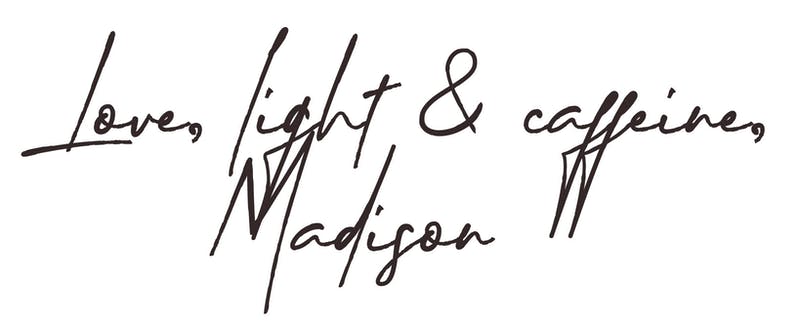Are you in the mood for comfort food and a wee bit of inspiration? Well, I’ve got it all right here! It’s lovely to be back to bring you some cookware options straight from FT Kitchen 101.
Are you looking for a pan that's a hybrid of a cast-iron pan and a non-stick skillet, or even a frying pan? In comes the braising pan!
If you’re wondering, “What’s up with a braising pan?” Listen, braising in cooking is nothing new, it’s merely an older cooking technique and one that is still used in the culinary world. We’ve all heard the amazing things about Dutch ovens that would turn even a non-cook into an appreciative spectator and culinary ally. Today is all about braising and the braising pan.
In partnership with our friends at
![]()

Emile Henry has a fantastic braising pan from the Sublime collection and is offered in Crème, Indigo, and Graphite. The 100% ceramic and lightweight non-stick pan is non-toxic, dishwasher safe, and microwave safe, which makes it suitable for cooking enthusiasts and ideal for families. Made in France from 100% Ceramic: with mineral-rich clay from the Bordeaux region of France, it is naturally non-stick & non-toxic.
If you fancy cooking French cuisine, the humble braising pan can be everything to you, perhaps even your go-to pan. The braising pan’s strength lies in its versatility; from high-searing meats to gently simmering, all without compromising on the flavour of your ingredients.
In my opinion, a braiser is also a great way to present food. It's different in shape, as a Dutch oven has longer rimmed sides (or wide-sloped sides), and braising pan sides are shorter than the sides of a Dutch oven, which can be an issue or non-issue depending on what you're serving. If you have a larger cast-iron pan, that might be enough.
One of the many advantages of using a braising pan is that it is built for diverse kitchen creations. Whether you're working with vegetables, poultry, beef or fowl, a braising pan, just as a Dutch oven, can be very adaptable in the kitchen. This pan can also be used as a roaster, or what it’s meant for, braising; do a quick high sear whilst gently simmering your food in liquid, giving your dish time to cook usually low and slow. The result is always a gorgeously tender and flavourful meal from the ingredient(s) used, and the beauty is that it all comes together in one pot.

What’s Cooking?
Bottom line, do you need both a Dutch oven and a braising pan? No, well, not exactly but if you’re in the market to have one, it’s only going to expand your cooking options and help you further with daily or even weekly cooking.
I do like having both because of the cooking methods that I use and since I cook various types of cuisine, it works for me. It’s also, one pan that you can use for just about anything — above and below — whether you cook on the hob/stovetop (above) or in the oven (below). Generally, when braising, heavier meats are cooked or finished below, and seafood and/or lighter meats or poultry would be done above. But it really depends on your recipe, which will help define the details of how a dish will be finished.
For example, I decided to cook a chicken dish, Chicken Provençal, a traditional and flavourful French dish that is divine. The tender chicken falls off the bone because of the longer cooking time.
Stay tuned, I have even more kitchen tales in store for you coming up! You can grab my chicken recipe here. Bon Appetit!

What do you think of the braising pan?
The goods: Emile Henry Braiser in Indigo- Provided by Emile Henry, a FASHION TALES blog media sponsor. Shop more from the collection here. Looking for more food inspiration, join my newsletter here.
Shop the inspiration











